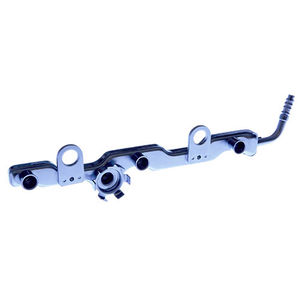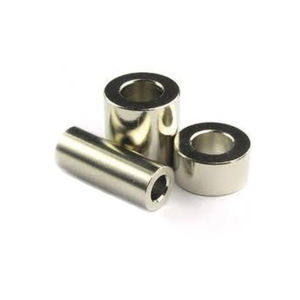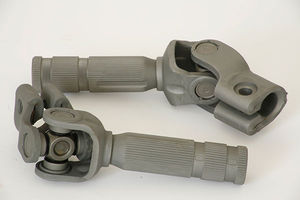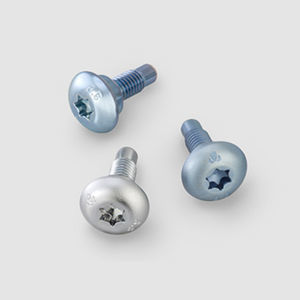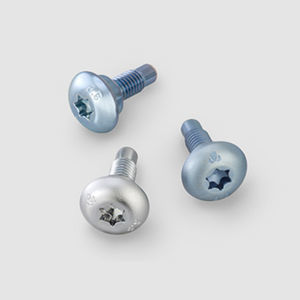
- Industrial machines and equipment
- Surface Treatment
- Electrolytic zinc-plating
- GONZALEZ HERMANOS SA
Electrolytic zinc-plating ISO 9001ISO/TS 16949




Add to favorites
Compare this product
Characteristics
- Type
- electrolytic
- Certifications
- ISO 9001, ISO/TS 16949
Description
The Zinc process is applied in a (bass) drumand (static) frame system with average thicknesses of 8 / 12 microns in white, black and iridescent finishes, all of them exempt of Cr VI.
Its use is required for functional benefits and requirements of medium-high corrosion resistance, maintaining an excellent Price / Quality ratio and an optimal aesthetic appearance.
The system consists of a galvanic metal deposition in an alkaline or acid Zinc electrolyte; subsequently, white, bluish, iridescent, blue, or black passivation protects the Zinc coating from white corrosion.
An additional seal (Top Coat) that penetrates in the passivation ends up closing its micro cracks and pores and ensuring compliance with corrosion requirements.
The Top Coats applied are perfectly adapted to the prior passivations and, besides raising White Corrosion protection, they improve the aesthetic appearance and increase the surface hardness of the coating.
The coefficient of friction and torque for the fixing elements may be modified in accordance with the International Standards of the automobile industry and this is usually achieved with additives that are workpiece of the formulation of the Top Coats.
The ductility of Zn is pretty good accepting subsequent mechanical deformations to the coating in thicknesses that are not very high (Max 8 microns).
The application on heat-treated workpieces is excellent. The application in an acid electrolyte has the highest benefits.
Catalogs
No catalogs are available for this product.
See all of GONZALEZ HERMANOS SA‘s catalogsRelated Searches
- Nickel plating
- Painting
- Electroless nickel plating
- Passivation
- ISO 9001 nickel plating
- Painting on metal
- Polishing
- Zinc-plating
- ISO 9001 passivation
- Metal polishing
- Phosphating
- ISO 9001 phosphating
- Steel nickel plating
- ISO 9001 polishing
- ISO 9001 zinc-plating
- Automotive phosphating
- Chemical etching
- Metal chemical etching
- Steel phosphating
- Automotive polishing
*Prices are pre-tax. They exclude delivery charges and customs duties and do not include additional charges for installation or activation options. Prices are indicative only and may vary by country, with changes to the cost of raw materials and exchange rates.


